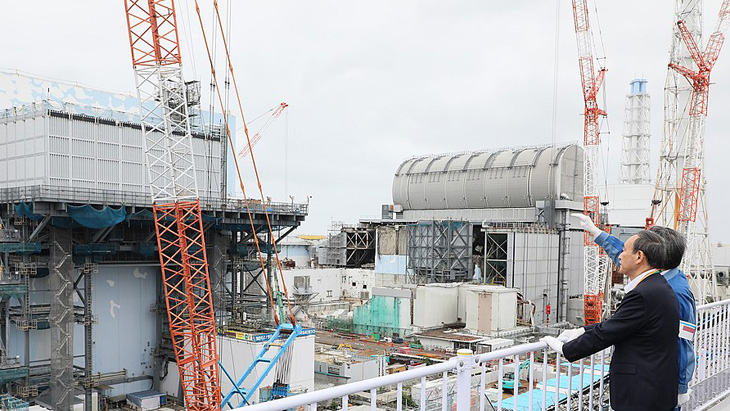
The Japanese government has recently announced their intention to release the wastewater used to cool the damaged reactors at the Fukushima Daiichi nuclear power plant.
The current plan is to begin releasing the water in two years due to concerns of storage. Currently the wastewater consists of over 1.25 million tons (that’s 2.5 billion pounds) of water in over a thousand storage containers.
In order to prevent the nuclear cores from melting, over 170 tons of water are still cycled through the damaged reactors on a daily basis according to the New York Times.
However it’s worth mentioning that the water currently passes through a “powerful filtration system that is able to remove all of the radioactive material except for tritium, an isotope of hydrogen that experts say is not harmful to human health in small doses”.
The International Atomic Energy Agency has also stated that releasing the wastewater into the ocean or allowing it to evaporate back into the water cycle is “feasible”. It’s also worth mentioning that properly functioning nuclear power plants also routinely release tritium contaminated water to few ill effects.
Despite the stated safety of releasing the wastewater, environmental activist group Greenpeace has denounced the decision, they believe that the Japanese government is obligated to do more to treat the water before releasing it back into the environment.
This concern is echoed by local fishermen and other locals who fear that releasing the wastewater hastily will damage the reputation of seafood caught in the area and further put the region under a negative spotlight.
Image: Wikipedia (By Cabinet Secretariat Cabinet Public Relations Office)